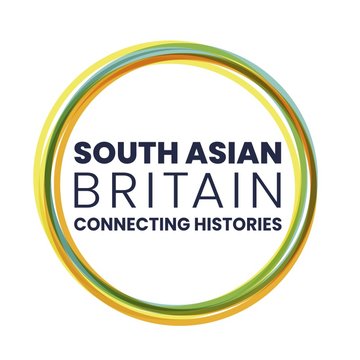
Nathoo Mohammed
Lascar and entrepreneur who was responsible for growing a network of South Asian pedlars in 1920s Glasgow
Place of birth
Date of arrival to Britain
About
Nathoo Mohammed arrived in Glasgow in 1919. He came from a family of farmers and, before starting his service as a lascar in 1917, he married and had two children. There is no known record of what motivated or compelled Mohammed to settle in Glasgow.
Mohammed became a pedlar soon after arriving in Glasgow and was advised by a warehouse owner to sell clothes to people living in villages outside the city, where there was little competition. In 1924 he used his income to purchase a flat on 6 Brown Street. As Mohammed became more successful, other South Asians in Glasgow also became pedlars. He became their mentor and taught them techniques for successfully selling door-to-door. Later in the 1920s he became a wholesaler and offered credit to his customers, in turn allowing newly arrived South Asian migrants to secure the goods they required to start their careers as pedlars.
Mohammed was related to Atta Muhammed Ashrif, who ran a warehouse in the Gorbals and founded the Jamiat Ittihad ul Muslimin in Glasgow. Ashrif migrated to Glasgow in 1926 and, like Mohammed, was a pedlar. Similarly, Mohammed facilitated the migration to Glasgow of his brothers, who also became pedlars.
Mohammed married Louise, who was from Glasgow. Louise supported the wholesale business by managing the accounts. Their relationship, according to Bashir Maan, was negatively received and the high-profile success of their work together attracted attention from criminals in the area. This attention culminated in a mob attacking Mohammed's home on 16 May 1925, which eventually resulted in the death of his friend and pedlar Noor Mohammed, who was stabbed by mob member John Keen when he followed Nathoo Mohammed into Noor Mohammed's home on 56 Water Street. Newspaper reports of the trial detailed the questions posed to Louise by the arrested mob members’ lawyer about the nature of her relationship with her husband which was, she admitted, violent at times. This questioning highlighted rumours about their relationship which were seemingly fabricated by those opposed to the relationship, such as Mohammed forcing Louise to sell clothes and not paying her in return. John Keen was found guilty and was sentenced to death. This was despite a significant proportion of the evidence that the Crown relied upon being deemed unsatisfactory, since it was given by the witnesses via an interpreter.
Mohammed’s work as a pedlar, and his efforts to bring connected Indians to Glasgow, had long-lasting effects. According to Peter Hopkins, around 400 people in Scotland can trace their lineage to within a ten-mile radius of Mohammed's village in Punjab.
Holland, David, Imperial Heartland: Immigration, Working-Class Culture and Everyday Tolerance, 1917–1947 (Cambridge: Cambridge University Press, 2023)
Hopkins, Peter, Scotland's Muslims: Society, Politics and Identity (Edinburgh: Edinburgh University Press, 2017)
Maan, Bashir, The New Scots: The Story of Asians in Scotland (Edinburgh: John Donald Publishers, 1992)
‘Murdered Indian: Glasgow Men on Trial Sequel to Tenement Raid’, Scotsman (1 September 1925), p. 8
‘Murdered Indian: The Glasgow Trial Sensational Evidence’, Scotsman (2 September 1925), p. 7
‘Glasgow Murder Trial: "Cowering Indians." Story of the Raid’, Scotsman (3 September 1925), p. 7
‘Murdered Indian: Keen Sentenced to Death Dramatic Court Scene’, Scotsman (4 September 1925), p. 7
Image credit
© Remaking Britain: South Asian Connections and Networks, 1930s – present
